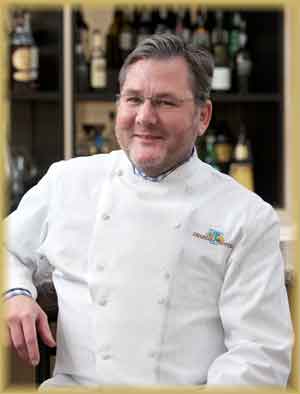
Twenty-three years ago I first visited my future summer-winter home in Malapolska, midway among Mielec, Rzeszow and Tarnow, an hour east of Krakow. Over that time span I’ve slowly changed a functioning ranch to my own personal health spa and in the process benefited from the return of many wild life and natural beauty. Not fertilizing, planting, plowing, and seeding the land around the two houses and other buildings resulted in the return of wild white, yellow, blue and purple flowers. So many chestnut, hazelnut, oak, walnut and fruit trees sprouted.
At dawn around 4 AM, nearby is a river that drains into the Vistula. If one looks closely there is a wild native cat, a lynx that lives in the forest tree trunks, rock clefts and abandoned burrows. Our lynx, a protected species, feeds on birds, foxes, moles, rabbits, rodents, small deer, and woodchucks. Slinking among the 600 newly planted two meter high pine trees, it seems at home here.

Years back we planted milkweed that monarch butterflies feed on, so monarchs visit regularly. Every August in a nearby lake the white stork (ciconia ciconia) flocks gather to begin their migration south through the Balkans, Bulgaria, 
The white storks distinctive black wing tips, red beaks and legs contrast with the newly mowed farm fields as they hunt for frogs, grasshoppers, ground nesting bird eggs, insects, mice and moles to feed their young in nests high above local houses and buildings. White storks preferred feeding grounds are grassy meadows, farmland, nutrient rich small water bodies, and shallow wetlands, avoiding areas overgrown with tall grass and shrubs where predators may hide while they feed. During the summer in Polish farm fields one can see the storks striding sedately across meadows and pastures, with its neck straight out, leaning slightly forward.
By Agata Karolina Zagar MBA and Robert John Zagar PhD MPH
Agata Karolina Zagar MBA is a triplet who as a high school junior starred in a film with her sisters in Lodz Poland. She taught in an elementary school and worked at Canadian Imperial Bank of Commerce in Toronto. She graduated from University of Illinois Chicago and Roosevelt Universities in business. Robert John Zagar PhD MPH attended Northwestern University earning a doctorate in research design and statistics, completed 4 years of premedical and basic medical sciences, a master in public health, and taught in many Midwest colleges. He testified before the US House of Representatives Judiciary Subcommittee on Crime, Terrorism and Homeland Security. His work was used by Pope Francis to justify changing canonical law about pedophilia and pornography. In 2022 ABC TV news interviewed him about Andrew Cunanan, Versace’s serial killer. Robert’s research on violence prediction and prevention is groundbreaking. The “summer one” job, mentoring and anger management training program he started with Mayors Daley and Emanuel resulted in nearly 200,000 high risk teens being diverted from violence in Chicago over the past fifteen years. It is run by the Allstate CEO and business community. His research has impacted the executive, judicial and legislative branches of the U.S. government policy regarding violent criminals. Robert practices as a clinical, forensic, industrial and school psychologist with offices across the street from Northwestern University Medical School and Northwestern Memorial Hospital for four decades.








